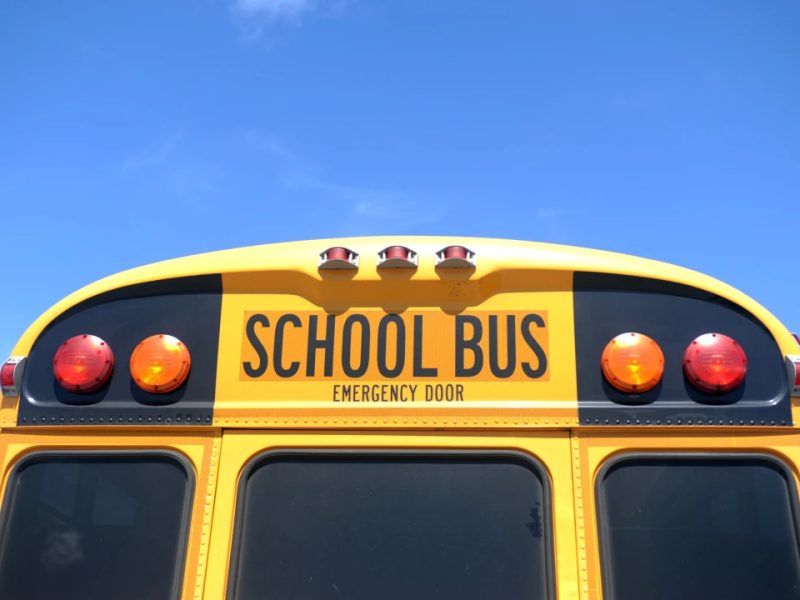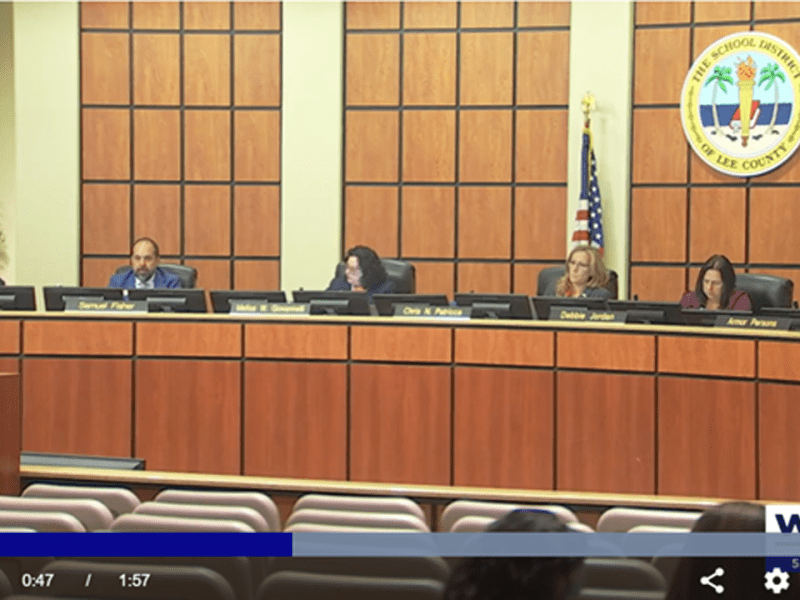Biden promised to end federal funding of for-profit charter schools. A new report explains how they operate.
The Washington Post | by Valerie Strauss | March 22, 2021
President Biden said while running for the White House that he would bar for-profit charter schools from receiving federal funding, and the 2020 Democratic platform explained why:
Charter schools were originally intended to be publicly funded schools with increased flexibility in program design and operations. Democrats believe that education is a public good and should not be saddled with a private profit motive, which is why we will ban for-profit private charter businesses from receiving federal funding.
Now a new report, titled “Chartered For Profit: The Hidden World of Charter Schools Operated for Financial Gain,” details how many for-profit management companies (referred to as EMOs) evade state laws banning for-profit charters.
They set up nonprofit schools and then direct the schools’ business operations to related corporations. For example, it says, one of the largest EMOs, National Heritage Academies, “locks schools in with a ‘sweeps contract’ where virtually all revenue is passed to the for-profit management corporation, NHA, that runs the school.”
“In other cases, the EMO recommends their own related companies for services that include leasing, personnel services, and curriculum,” it says.
The report was produced by the Network for Public Education, an education advocacy group that opposes charter schools. It was written by Carol Burris, executive director of the Network for Public Education and a former award-winning New York principal, and Darcie Cimarusti, the network’s communications director.
The authors wrote that despite “strict regulations against the disbursement of funds from the federal Charter Schools Program (CSP) to charter schools operated by for-profit entities,” they identified more than 440 charter schools operated for profit that received grants totaling approximately $158 million between 2006 and 2017.
They also found that fewer disadvantaged students, proportionally, attend charters run for profit than at traditional public schools.
“Comparing the five cities with the most for-profit charter schools (by the proportion of students attending these schools) revealed that in all but one city — Detroit — for-profit run charters served far fewer students who are eligible for free or reduced-price lunch,” the report says. “In all cities, for-profit-run schools serve fewer students who receive services” under the federal Individuals With Disabilities Education Act.
Charters schools are publicly financed but privately operated. About 6 percent of U.S. schoolchildren attend charter schools, with 44 states plus the District of Columbia, Guam and Puerto Rico having laws permitting them.
Charter advocates say that these schools offer choices to families who want alternatives to troubled schools in traditional public school districts. Critics say that charter schools take money from public districts that educate most American children and are part of a movement to privatize public education.
This report is the third on federal funding of charter schools that the Network for Public Education has published since 2019. The earlier reports chronicle the waste of hundreds of millions of taxpayer dollars on charter schools that did not open or were shut down — and revealed that the U.S. Education Department failed to adequately monitor federal grants to these schools. You can learn about the first two reports here and here.
For years, charter schools enjoyed bipartisan support — and were backed by the administrations of presidents George W. Bush, Barack Obama and Donald Trump. But more recently, many Democrats have become skeptical of the charter movement, especially those schools that are operated or managed by for-profit entities — and Biden has vowed to stop federal funding for-profit charters.
But what is a for-profit charter?
“The term ‘for-profit charter school,’ while commonly used, does not accurately describe the vast majority of charters designed to create private profit,” the new report says.
While only one state — Arizona — legally allows for-profit entities to be licensed to operate charter schools, for-profit entities find ways to set up schools in states that only allow nonprofits to operate, it says.
The new report explains that typically, an EMO would find individuals interested in operating a charter school and then help “them create a nonprofit organization and apply for a charter license.”
Then, the board of the nonprofit group “enters into a contract with the for-profit EMO to run the school,” the report says. For-profit owners “maximize their revenue through self-dealing, excessive fees, real estate transactions, and under-serving students who need the most expensive services,” the Network for Public Education says.
Between September 2020 and February 2021, the authors said they identified more than 1,100 charter schools that have contracts with one of 138 for-profit organizations to control the schools’ key — or total — operations, including management, personnel and curriculum.
Twenty-six states and the District of Columbia have charter schools run by for-profit corporations, the report finds.
“In some states, the footprint is limited to the two largest online chains, K12 and Pearson’s Connection Academy,” it says. “In two states, Michigan and Florida, charters run for profit are the majority of charter schools in the state. Other states with over 30 percent of charters run for profit are Arizona, Nevada, and Ohio. For-profit charters are a growing sector in North Carolina as well.”
The new report follows on findings of the Network for Public Education’s two earlier reports, which were centered on federal funding flowing to charter schools through the Education Department’s Charter School Program.
The program was created in 1994. The last time the federal government undertook a major analysis of it was in 2015, when the program had provided $3.3 billion to fund the creation, replication and expansion of charters. The Network for Public Education estimates that since then, overall CSP funding has grown to more than $4 billion.
That total includes CSP grants to schools managed with for-profit sweeps contracts. For example, the report says:
Contractual agreements known as “sweeps” between the charter school and the for-profit manager are used by many large and small chains. Sweeps contracts give for-profits the authority to run all school services in exchange for all or nearly all of the school’s revenue. By illustration, we present wording from the 2019 audit of The Bennet Venture Academy, an NHA school in Ohio:
“Under the terms of the Agreement, NHA receives as remuneration for its services an amount equal to the total revenue received by the Academy from all revenue sources.”
The report’s authors make recommendations to the U.S. Education Department and states regarding charters that are operated for profit, including:
- The Education Department “should conduct an extensive audit of present and former grantees to ascertain compliance with all regulations that define the for-profit relationship.”
- The federal government “should define a for-profit charter school as a school in which more than 30 percent of all revenue flows directly or indirectly to for-profit vendors.”
- All states should “follow the lead of Ohio by listing the management providers and posting their contracts with charter schools. To that information, the profit status of the EMO should be added.”
- Sweeps contracts should “be outlawed in every state.”
- Related corporations of for-profit and nonprofit management companies should “be prohibited from doing business with their managed charter schools.”
- All charters should “be held by the school or campus itself, and not by a nonprofit subsidiary.”
- A national database should “be developed that lists all charter EMOs and their corporate status (for-profit or nonprofit), along with their address and the name(s) of the private corporation’s owner(s).”
Here’s the full report.
https://pineapplereport.com/wp-content/uploads/2021/03/499747650-Chartered-for-Profit-002.pdf






